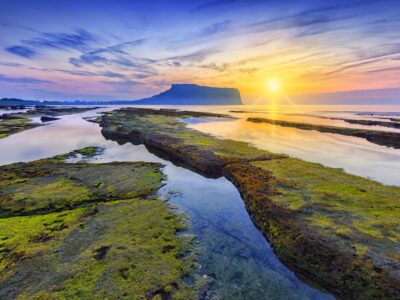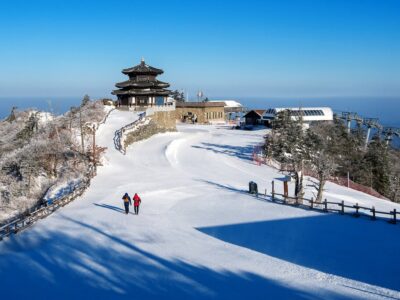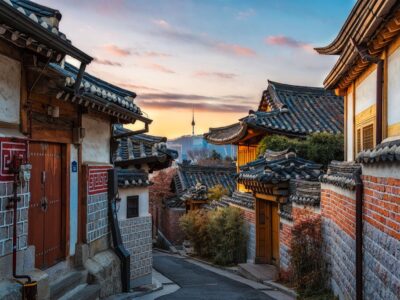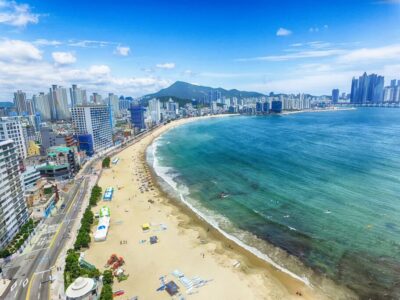
August marks the end of summer in South Korea, though temperatures and humidity remain high throughout the month. Take a tropical getaway to Jeju Island, where you can spot bottlenose dolphins. On the mainland, travel to the country's popular east coast beaches, but don't forget about the lesser-known (and often less crowded) western shores. The end of the month is the best time to visit, as temperatures and humidity levels drop and children return to school, alleviating crowds.

December is a festive time in South Korea, with light displays and holiday festivals. Embrace the frosty temperatures and take advantage of reduced crowds as you visit top destinations, with evenings spent beneath the warm glow of colorful Christmas lights and lanterns. Hit the slopes for opening weekend at one of the country's best ski resorts, or take in picturesque winter landscapes on a hike through a national park.

Experience South Korea at a seasonal crossroads in November, as fall gradually gives way to winter. Days are shortening, and temperatures falling, just as crowds and prices begin to decline. Spend the first two weeks of the month chasing the year's final fall leaves, seen to best advantage in the south at Naejangsan National Park. Southern cities, including Jeonju and Gwangju, offer slightly warmer temperatures and the opportunity to dive into South Korea's diverse history, culture, and gastronomy.

Temperatures and humidity levels reach an annual high in July, leading tourists to flock to South Korea's coastal cities, where the east coast offers world-class beaches and summer festivals. Soak up the sun on one of Busan's seven public beaches, or travel to Gangneung in the northeast to take in a legendary sunrise over the water. With children out of school, July can see significant crowds at beaches and tourist attractions, so be sure to arrive early to popular destinations.
